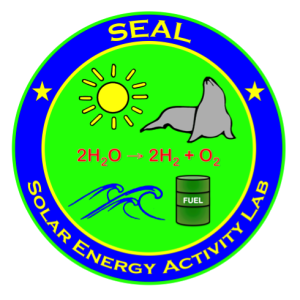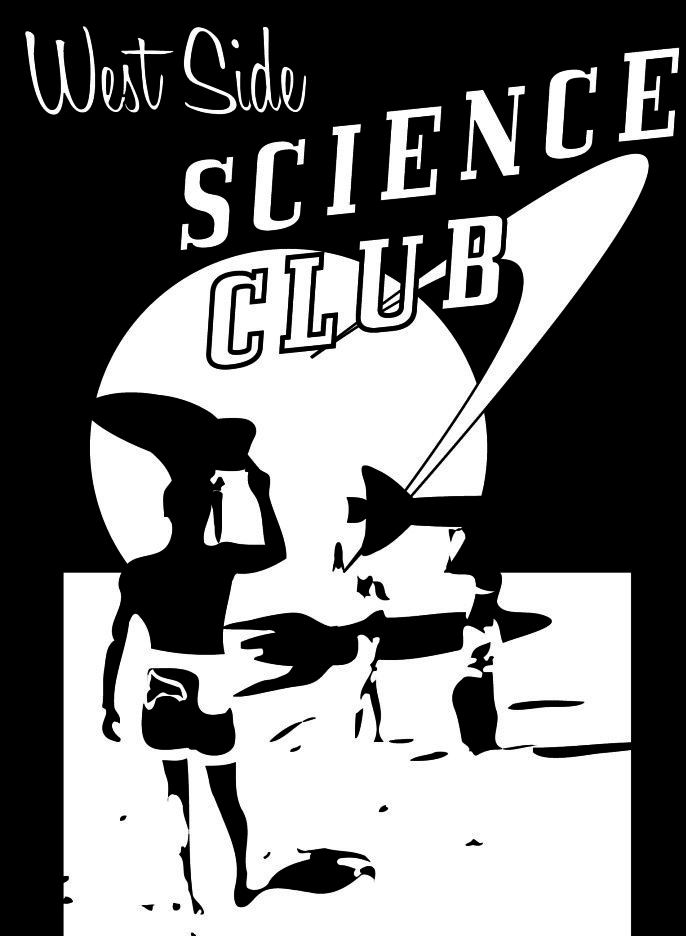Most teams are on vacation this week, but here are a couple quick updates from Poly, Beckman, and San Marino:
Beckman’s Group 1 tested the UV-treated plate spotted with solutions of 0.04M Cu(NO3)2, which had relatively poor results compared with the UV-treated 0.04M Fe(NO3)3 plate from last week. They will have two members come to school during winter break in order to continue firing and testing the remaining UV-treated plate spotted with 0.04M of Ni(NO3)2. They will compare the results of different metal oxides to determine which chemical produces the best results, and then they will take the best chemical and alter its molarity for future experiments. Group 2 worked on spotting a plate with a combination of Al(NO3)3, Ni(NO3)2, and Fe(NO3)3, (all of 0.03M) in a ratio of 1:1:3, respectively. They decided to use aluminum and nickel based on their research on these metals from last week: aluminum would allow for more adherence, while nickel allowed for more uniformity due to smaller particle sizes. Group 3 compiled and analyzed their results from last week’s testing of their plate, which was spotted with 0.1M of Fe(NO3)3, Cu(NO3)2, and Ni(NO3)2 in different ratios. They are planning to utilize the newly 3D printed template to accurately spot more plates of the same ratio. Group 4 had planned to test their non-UV treated plate spotted with 0.03M Fe(NO3)3 in a sulfite bath. However, their epoxy did not dry in time for them to be able to test their plate during today’s meeting. They plan on continuing next week.
San Marino’s Red Team attempted to test the plates that were prepared, drop casted, and baked in the kiln last week. (See pictures and description from December 5) Unfortunately, however, they were unable to find the Cu + Ni plate and were only able to test the Mn plate. However, once the Mn plate was submerged into the NaOH and a dark current was applied, some of the deposited metal oxides flaked off from the plate, including one entire spot of metal oxide. Flaking has been occurring with most MnCl2 materials. It is interesting to note, however, that the spots drop casted from only MnCl2 and the spots drop casted from MnCl2 + Ni(NO3)2 seemed not to flake off as much than as the spots drop casted from Copper (II) Sulfate + MnCl2 and the spots drop casted from Cobalt (II) Chloride + MnCl2, both of which almost completely flaked off.
Poly finally tested their bismuth oxide and iron oxide plate with HARPOON again. They used the mesh that has an obvious coating of fluorescent paint and were able to see the orange color after purging with N2 for 40 min. They took pictures every 30 seconds for the first 10 min and every min for the next 10 min. The UV flashlight was flickering throughout the experiment (it probably needs new batteries!), so they’ll see how that affected the results when they process the data.





For Beckman Group 2: Why the 1:1:3 ratio? Your logic on the selection of the metals is clear, but why the ratio?
@San Marino Red Team: We’ve had trouble with Manganese solutions adhering in the past too. We found it adhered best when we used 0.05 M MnSO4 solution fired in the kiln for 5 h at 600°C, and dried the plate on a hot plate before we fired it. Hope this helps!
For the San Marino Red Team, has flaking been an occuring issue, or has it only come up for these specific metal oxides? Thanks!